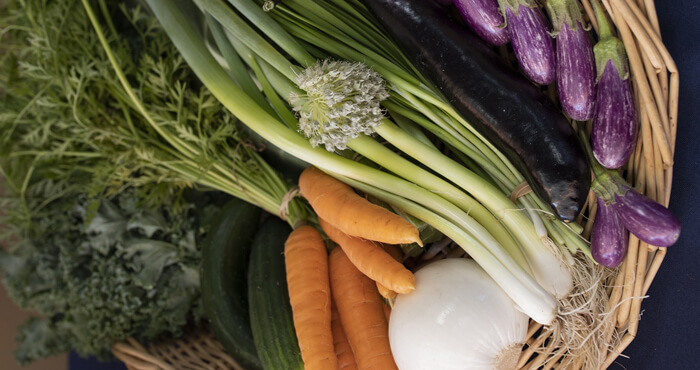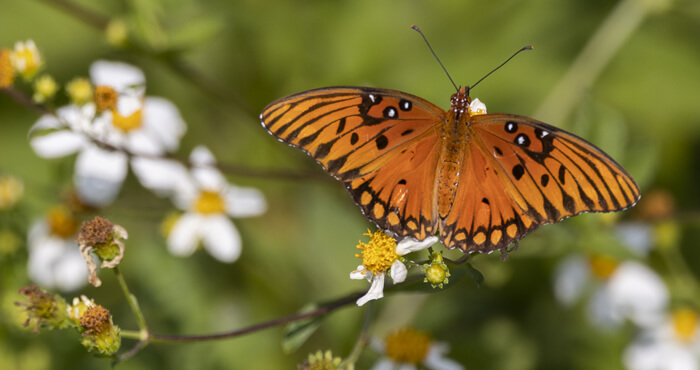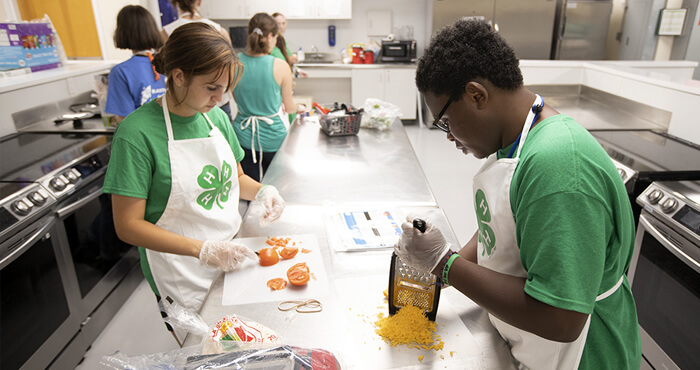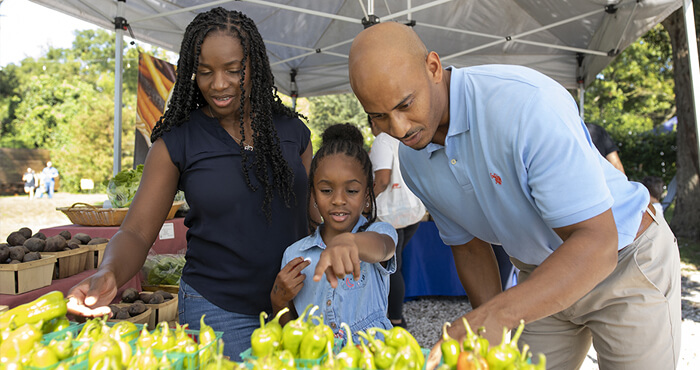
Florida Palms
Palms--a dominant feature of the landscape in south Florida--can be selected for many locations statewide. Favorable climatic conditions encourage the successful outdoor culture of many different species, and summer's warm, rainy weather is perfect for planting them.
Types of Florida Palms
Palms are available for landscaping in many sizes and forms, varying from large majestic trees to small shrubs. Many Florida palms have tall single trunks, but multiple-trunk forms can add interest to the landscape. Shrubby palms with delicate foliage and multiple-trunk palms can be used for natural plantings. Palms can be selected with either feather (pinnate) or fan-shaped (palmate) leaves.
Most Florida palms are not cold-hardy, but some species can be planted anywhere in Florida. For a list of species that grow well in your area, contact your county Extension office or check our ornamental palm publications for North Florida, Central Florida, or South Florida.
Selection & Use
Many palms are available for landscaping homes, parks, streets, and commercial buildings. You can use palms in the landscape as specimens, border plants, patio trees, and street plantings. Specimen plants used individually have a distinctive or majestic quality that attracts immediate interest.
For use in border plantings, Florida palms require dense foliage to screen or fill an area. Smaller species that are reasonably free of litter are excellent for patios. Large palms used for street plantings should be able to survive with little maintenance once established. Many palms can be grown indoors as well as outdoors.
Selection should be based on a site's intended use and characteristics. For example, palms selected for coastal sites need to have salt spray tolerance. When choosing palms for your yard, make sure that you select the right plants for your landscape's needs.
Planting
To ensure that your palms will be healthy and attractive, they should be planted and cared for properly. Florida palms may be planted during any season of the year, but the warm, rainy, summer months are best. As long as the soil ball remains intact during transplanting, container palms should experience little loss or setback.
Follow these steps when planting a palm:
- Dig a hole wide enough to accept the root ball easily and to provide space for at least several inches of new growth from the ball, and deep enough to situate the palm at the same depth at which it previously grew. Amending backfill soil from the planting hole is not recommended.
- Gently place the palm straight in the hole and fill around the ball with unamended soil. Water thoroughly to remove any air pockets.
- Form a basin with soil at the edge of the root ball to retain water during irrigation.
- Mulch with a 2- to 3-inch layer of organic material to buffer soil temperature, conserve moisture, and reduce weed competition.
- Support large palms with braces to maintain stability during the first six to eight months after planting. Do not drive nails directly into a palm's trunk.
- Water daily for the first few weeks, and continue watering frequently thereafter until the palms are well established.
- If desired, lightly apply a partially slow-release "palm special" fertilizer at the margin of the root ball three to four months after transplanting.
Fertilizing
Palms' nutritional requirements differ from those of other landscape plants. Established palms should be fertilized with a 4N-1P205-6K20 Mg ratio fertilizer--for example, a fertilizer marked "8-2-12-4 Mg". Equivalent percentages of the nutrients N, K20, and Mg should be included in controlled-release form.
Palms are highly prone to several potentially fatal micronutrient deficiencies. To protect your palms, use fertilizers that contain 1 to 2 percent manganese and iron, plus trace amounts of zinc, copper, and boron.
Lethal Yellowing
Increasing numbers of palm species may be susceptible to a disease called lethal yellowing (LY). The first occurrence of LY in Florida was reported in Key West, and the disease has since spread to many southern counties. Efforts continue to prevent the spread of LY into central and north Florida.
Although LY has been especially devastating to the coconut palm, other Florida palms have exhibited varying degrees of susceptibility to LY. For a complete list of susceptible palm species, contact your county Extension office.
Compiled from:
"Ornamental Palms for Central Florida" (ENH-60) by R. J. Black. Published by: Environmental Horticulture Department (reviewed 12/2017).
"Ornamental Palms for South Florida" (ENH-21) by Timothy K. Broschat and R. J. Black. Published by: Environmental Horticulture Department (reviewed 12/2017).
Resources
Other UF/IFAS Sites
- Gardening Solutions
- Entomology and Nematology Department
- Environmental Horticulture Department
- FAWN: Florida Automated Weather Network
- Florida-Friendly Landscaping™ Program
- Florida Master Gardener Program
- IPM Florida
- Pesticide Information Office
UF/IFAS Publications
State & Federal Agencies
- Florida Department of Agriculture and Consumer Services (FDACS)
- Florida Department of Environmental Protection (FDEP)
- Florida Energy Systems Consortium (FESC)
- U.S. Environmental Protection Agency (EPA)
- USDA Plant Hardiness Zone Map--U.S. National Arboretum
Organizations & Associations
- American Community Gardening Association
- American Horticultural Society
- Florida Native Plant Society
- Florida Nursery, Growers and Landscape Association (FNGLA)
- North American Native Plant Society
Other Sites & Publications
UF/IFAS Mobile Web Apps





.jpg)

.jpg)
